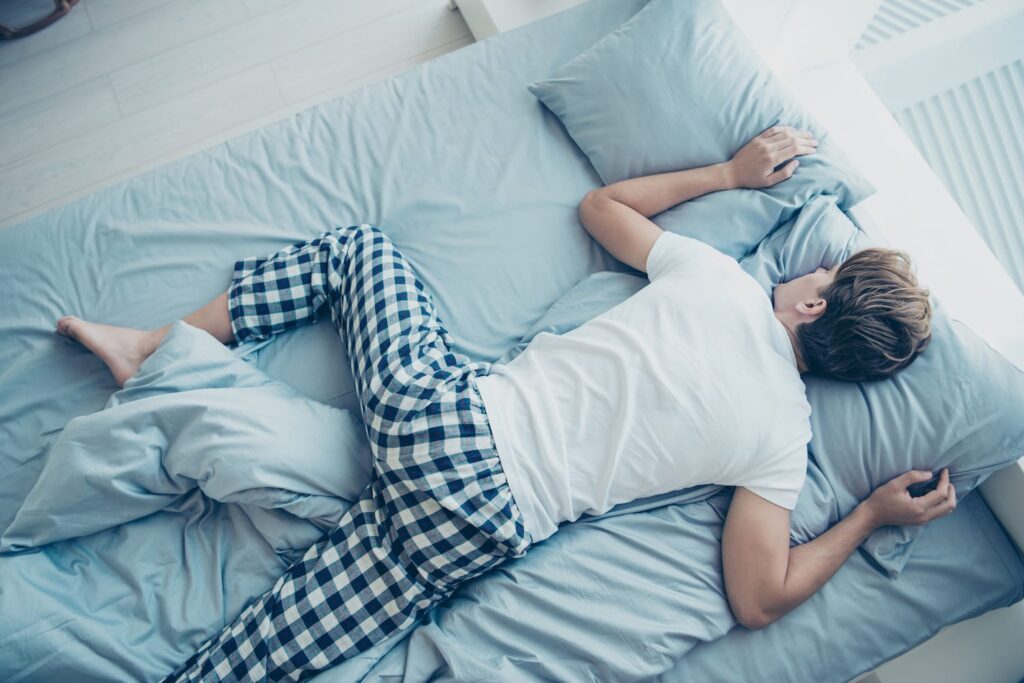Article Context:
- What Is The Best Sleeping Position?
- Various Sleeping Positions
- Sleeping Hygiene
- Best Sleeping Position During Pregnancy
- How Sleeping Position Affect Your Health?
- FAQ’s
What Is The Best Sleeping Position?
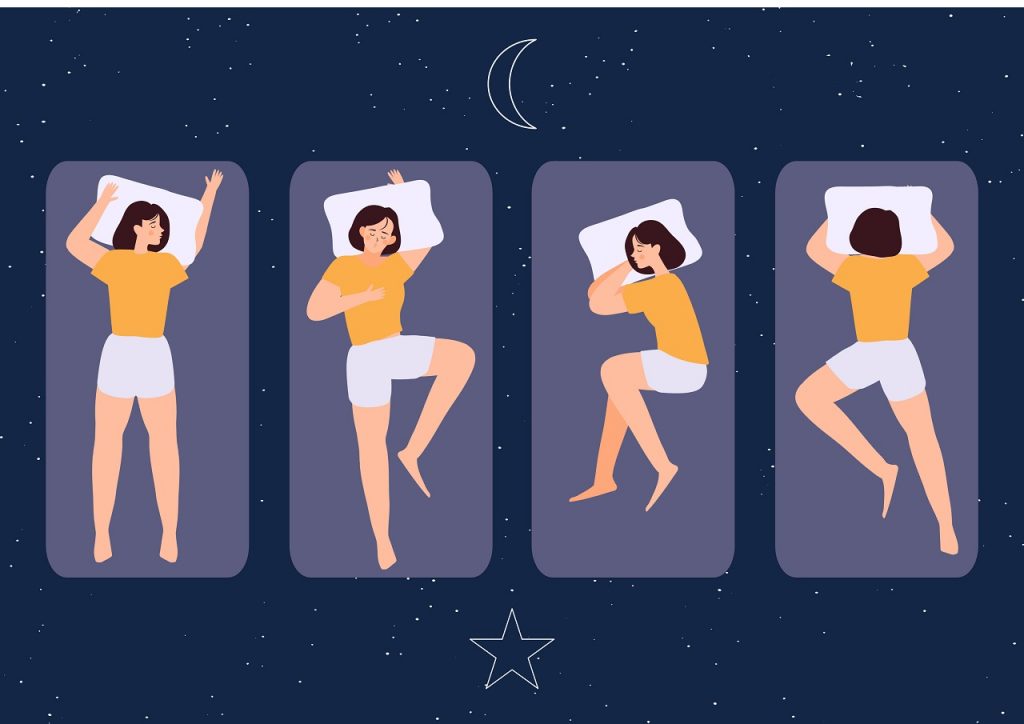
The best sleeping position is not a one-size solution. People are sleeping in various ways, after all. Each person has different needs and is comfortable in a different sleeping position. Consider more than just comfort to find the best sleeping position for you. Different sleeping positions have various benefits. If you’re struggling with pain or other health problems, you might need to change your sleeping position to manage it. And, while it may not be something you can do in one night, it may be worth a try.
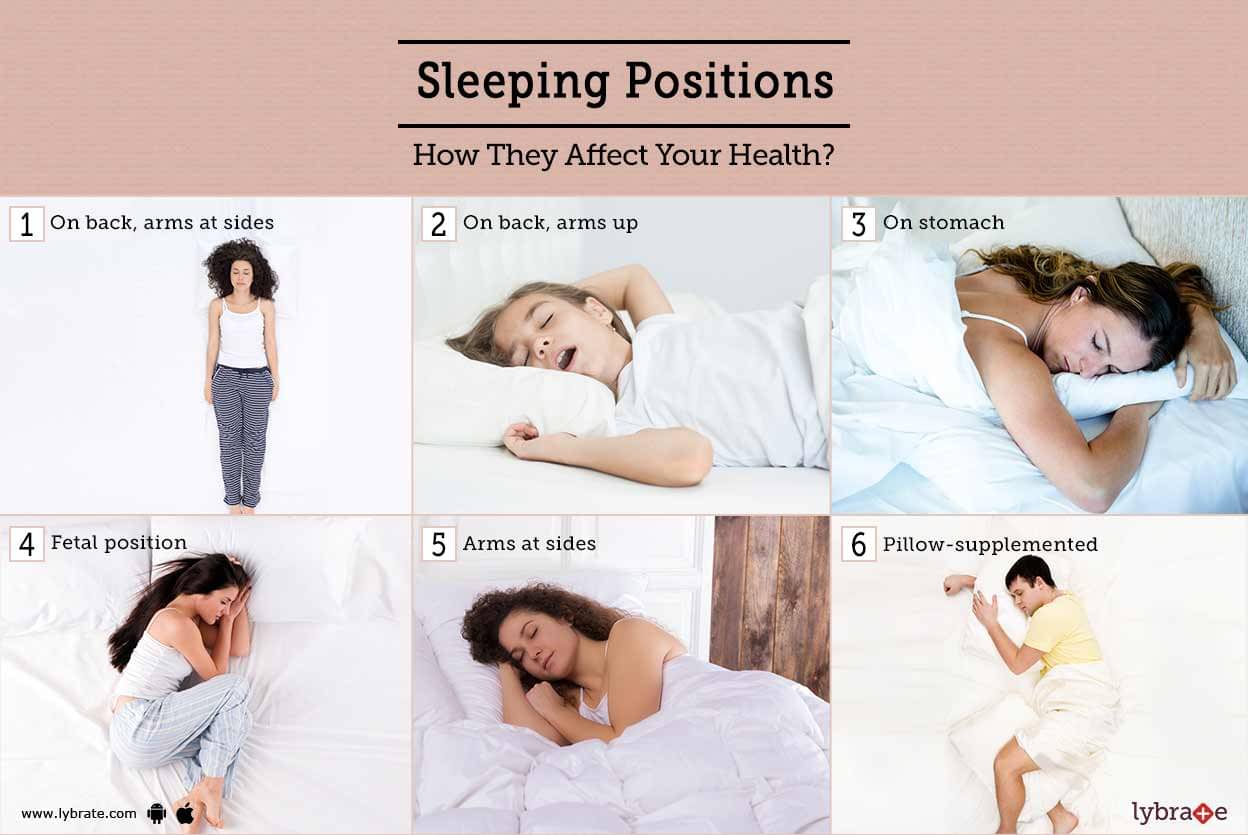
Taking some time to gradually train yourself to sleep in a new position could be a secret to improving the quality of your sleep. However, if this is something you’re not comfortable with, don’t worry about it. You can also try to change your favorite sleep position to make sure you get the most out of it. Every single person is different. What’s important is that you do what works for your body and the sleep you require.
Poor sleeping conditions could even be the underlying cause of lower back pain. It’s because some positions can place unnecessary pressure on the neck, hips, and back.
Various Sleeping Positions

Sleeping on the back with Knee support
Lying on the back is generally known to be the highest sleeping position for a healthy back. This position helps distribute weight to the full length of the body’s most important surface. It also minimizes pressure points and ensures proper alignment of the head, neck, and spine. Placing a small pillow under the knees will provide extra support and help to maintain the natural curve of the spine.
Sleeping on the side with a pillow between the knees
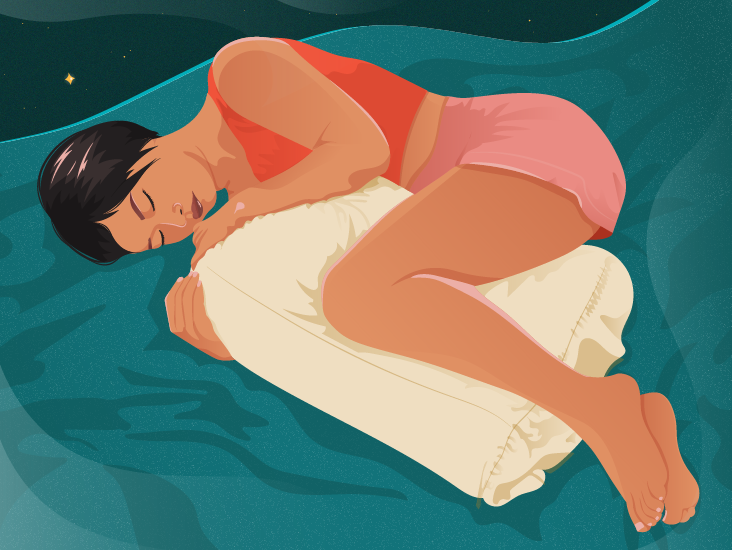
Although lying on the side is a popular and comfortable sleeping position, the spine can be pulled out of position. This could strain the lower back. It’s easy to fix this. Anyone who sleeps on their side can just place a firm pillow between their knees. This raises the upper leg, restoring the natural alignment of the hips, pelvis, and spine.
Sleeping in the Fatal Position
For persons with herniated disks, taking a curled fetal position may bring relief during the night. That’s because lying on the side with the knees in the chest reduces the bending of the spine and helps to open up the joints.
Sleeping on the front with a pillow under the stomach
Lying in front of the body is generally considered to be the worst sleeping posture. However, for those struggling to sleep in another position, putting a thin pillow under the stomach and hips can help improve the alignment of the spine. Sleeping on the front may also benefit people with herniated disk disease or degenerative disk disease.
Sleeping on the front with the head face down
Another reason that sleeping on the front is considered bad as the head is turned on to one side only. This twists the spine and puts additional stress on the neck, shoulders, and back. Try lying face down to avoid this. A small but firm pillow or even a tightly rolled towel can be used to prop up the forehead, allowing room to breathe. This should be done in addition to the use of a pillow under the stomach.
Sleeping on the back in a reclined position
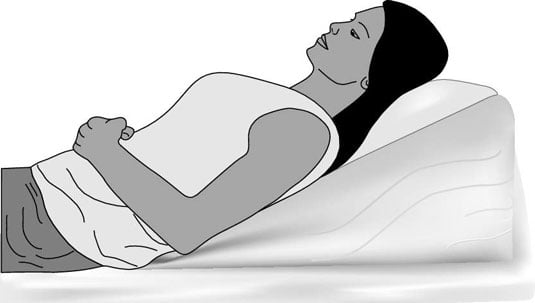
Sleeping in a reclined position may benefit lower back pain, especially in people with isthmic spondylolisthesis. If significant relief is found from resting in a reclining chair, it may be wise to invest in an adjustable bed which can be positioned accordingly.
Sleeping Hygiene
Back pain can cause significant sleep disturbances. People should avoid sleeping late to compensate for sleep loss overnight. Instead, they should try to keep a regular schedule consistent with bedtime and wake-up times. Most adults need between 7 and 9 hours a day.Some of the sleep hygiene tips include:
- Avoiding stimulants, such as caffeine, at night
- Trying to avoid heavy exercise in the hours leading to bedtime
- Winding down prior to actually bedtime by reading, taking a warm bath, listening to relaxing music, or doing a gentle yoga session
- Make the bedroom a relaxing environment by dimming the lights and removing distractions, such as computers and TVs.
Best Sleeping Position During Pregnancy

Sleeping on the side is recommended as the best place to sleep during pregnancy. Research shows that from 20 weeks on, the left side position can have a positive effect on the flow of blood to the fetus. Most women report spending a lot of time sleeping flat on the back during pregnancy, but this position is not recommended as it may be a risk factor for stillbirth after 28 weeks of pregnancy.
Most of the studies suggest that the increased need for sleep during pregnancy. The high levels of these hormones required to maintain pregnancy also cause drowsiness. At the same time, it is very common for pregnant women to experience back pain, heartburn, nausea, and excessive night urination, all of which may interfere with sleep. In addition, pregnancy increases the risk of sleep disorders such as obstructive sleep disorders.
How Sleeping Position Affect Your Health?
Most adults stay in bed without giving a second thought to how they’re located. It is such a routine habit that many do not consider the health effects of sleeping in one way or another. But sleep researchers and doctors say our sleeping position is important. Sleeping on your stomach, back or side can make a difference in snoring, sleep apnea, neck and back pain, and other medical conditions.
